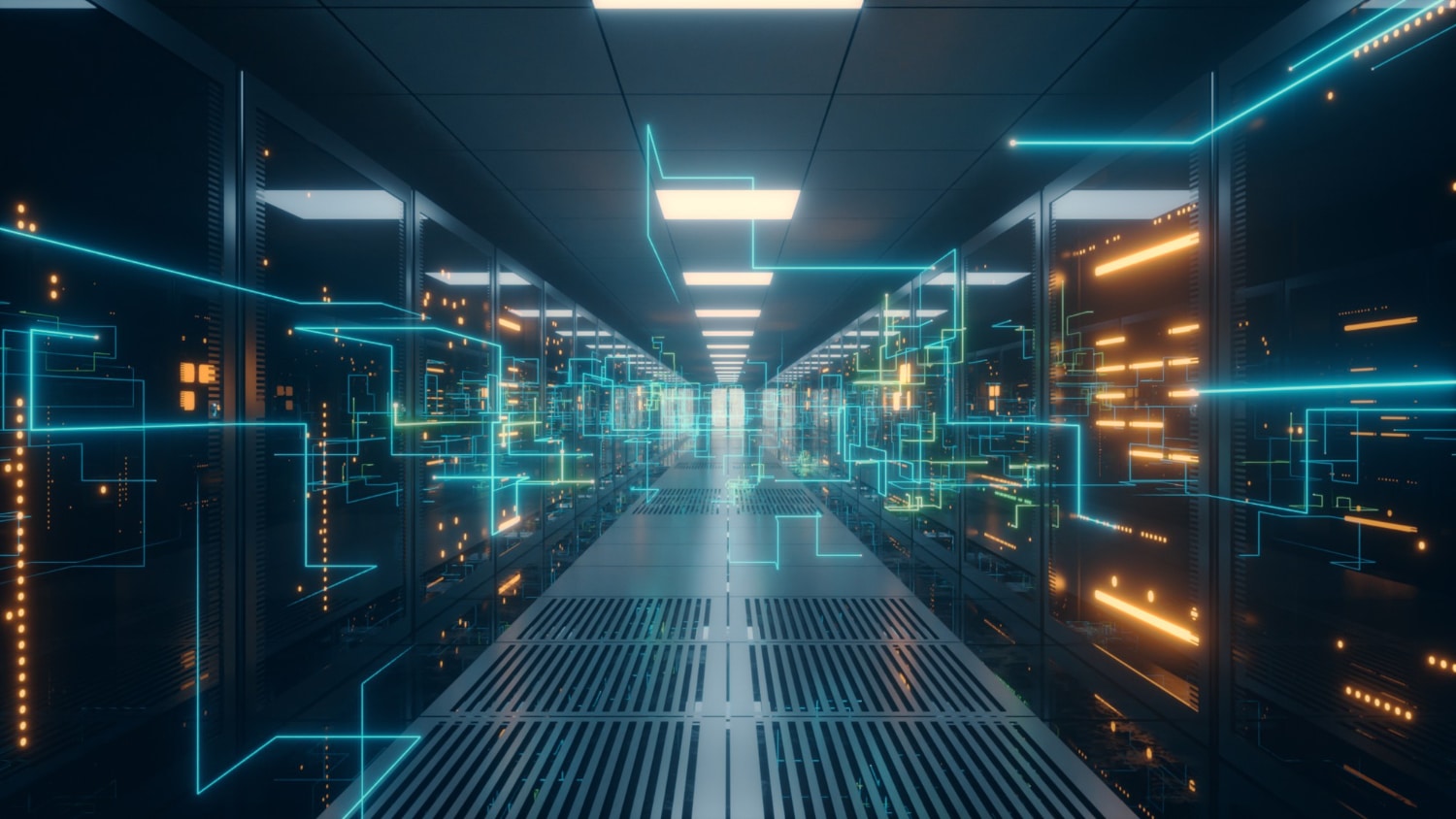While we may have reached the peak of digital transformation efforts, the hardest challenges surely lie ahead. According to Gartner estimates, 91% of businesses are now engaged in some type of digital initiative, but the increasing adoption has also unveiled some significant shortcomings of extensive digital development. Large, monolithic software solutions can no longer offer the necessary flexibility and efficiencies of modern applications.
Against that backdrop, continuous refactoring is taking on an essential importance for today’s companies. The ability to continuously update your legacy apps, in fact, might just be the key to taking control of your technical debt and driving sustainable innovation in your digital processes.
Continuous Refactoring to Microservices
At its core, continuous refactoring describes a process of ongoing improvements using architectural observability. It’s the process of identifying which of your applications are in need of refinement and overhaul, then refactoring its code to improve performance and efficiency without affecting its functionality.
The process becomes especially important when moving from a large, monolithic software solution to a more agile microservices architecture. Turning your rigid, centralized application into more loosely coupled, independent services provides a few major advantages, including:
- Improving the flexibility and agility of your system, enabling you to work on individual pieces as needed.
- Enhanced fault isolation in cases of failure, providing the ability to work on any failed modules without compromising the greater whole.
- Greater simplicity of individual modules that allows for faster onboarding of new engineers working on individual modules.
- Increased scalability that can be focused on individual modules, without the larger system needing to move and adjust comprehensively.
Finally, and perhaps most importantly, a move to a microservices architecture requires what we’ll describe throughout this guide: a shift to a continuous refactoring approach that can ultimately benefit your entire business.
Why Incremental Transition is Crucial to Your Microservices Architecture Journey
Make no mistake: modern software development has to be agile. To build the digital infrastructure of your business increasingly means not building a foundation designed to stand forever, but creating a flexible infrastructure that can shift and evolve as your business evolves—the above-mentioned microservices architecture.
But building that infrastructure also means rethinking the way you consider transitioning, scaling, and improving any of your software applications.
70% of digital transformations fail, and “taking on more than you can chew” is a major reason why. Stopping all of your team’s ongoing work to focus on a huge new project is nearly impossible, and never recommended. Instead, any implementation of a microservices infrastructure has to focus on a more incremental approach.
The Downfalls of the Big Bang Approach to Transformation
When executives think of software innovation and transformation, they almost always envision a ‘big bang’ effect. Company resources are pooled toward some type of major software milestone, which—once achieved—transforms the entire business operation. With that big bang, a new universe appears, transforming every piece of the business.
Unfortunately, taking this approach is a recipe for failure, both short-term and long-term. It takes resources away from ongoing innovations and improvements, while also building large and inflexible solutions that, especially over time, build significant technical debt and—thanks to architectural drift—may not even accomplish its original objectives.
It’s how the monolithic applications that now drag down the business came to be. And it’s the exact problem that a microservices architecture built on continuous refactoring is designed to solve.
Continuous Refactoring as a Remedy to Innovation Impediments
At its best, modernization can never be a project. Instead, it’s an ongoing process that continues to account for new variables, business needs, and improvement possibilities.
For organizations putting a microservices architecture in place, that approach becomes a core requirement. It means building smaller, more agile services at a time, incrementally creating the more innovative processes your business needs to succeed long-term.
Big technology systems, it turns out, tend to slow innovation to a crawl. They make the process less dynamic, making it more difficult to be as agile as needed to move quickly where possible.
Innovation on the back of these big systems also requires such a massive undertaking that it can hamper the regular work needed to keep the lights on. Continuous refactoring, on the other hand, uses architectural observability to bring a more dynamic approach to the issue, ultimately providing a core remedy to the increasing technological impediments many businesses built on monolithic applications face.
Related: Benefits of Adopting a Continuous Modernization Approach
Solving the Technical Debt Problem
At a time when the average company carries between 20% and 40% of their technology’s value in technical debt alone, efficiency naturally suffers. The necessity of taking shortcuts in major development projects, along with an inability to build solutions into a rigid process, can lead to code issues that significantly cut into profitability and time available to move your technology systems forward.
The ability of a continuous refactoring approach to address the architectural technical debt issue is one of its major advantages in these scenarios. At its core, it leverages architectural observability, enabling development teams to monitor, detect, and fix any architectural drift issues within the larger system. This, in turn, enables developers to fix problems within a single system incrementally, ultimately solving technical debt one issue at a time.
Over time, using architectural observability to determine priorities for ongoing optimization becomes a massive advantage for the developer and the organization as a whole. They are able to extract one microservice application at a time, or even hone in on individual technical debt code sections, working on small improvements that slowly improve the probability of success without losing track of other development priorities. That gradually reduces technical debt without compromising your ability to continue innovating.
Related: How to Prioritize Tech Debt: Strategies for Effective Management
Crucially, continuous refactoring also prevents your architectural technical debt from re-accumulating over time. Because you are able to analyze different issues and microsystems simultaneously, you’re able to prioritize parts of the code that have bigger issues—to make a bigger impact. Fixes are designed to drive toward core organizational priorities, minimizing the chances of architectural drift that could introduce future technical debt as the organization keeps evolving.
Reducing Risk
Ultimately, and at least partially due to the other benefits mentioned above, a continuous refactoring approach that helps you evolve to a microservices architecture has the potential to significantly reduce risk for your technology infrastructure.
Aging code naturally bears a wide range of risks:
- Organizational knowledge of the code diminishes over time, leaving fewer developers to be able to understand and fix potential issues.
- Individual modules can become “hidden” within larger applications, making them difficult to find and fix within that larger context.
- Technical debt increases over time, as newer and more efficient solutions can make older and more unreliable sections of the code obsolete.
At best, those risks become a concern for an organization looking toward innovation and the future. At worst, they can endanger the operational security and reliability of the entire organization. It’s why outdated technology can waste billions of dollars, not to mention the potential costs of a data breach that happens due to the outdated code.
Against that backdrop, continuous refactoring has the potential to be a literal lifesaver for your organization. An ongoing approach to identify, prioritize, and fix outdated code and applications has a direct impact on all of the above risks, ultimately resulting in a safer and more future-facing technology infrastructure for your business.
Transform Your Application Infrastructure with a Continuous Modernization Approach
The world of digital transformation is undergoing a sea change. Simply moving applications into the digital realm is no longer enough, especially when those applications become chunky monoliths that are difficult to evolve, scale, and adjust in a way that benefits your business long-term.
Instead, modernization and innovation have to become an ongoing process. That means splitting large applications into a more decentralized microservices architecture, making it easier for teams to scale and remain agile in their development process. It also means taking a continuous refactoring approach to modernize, extract, and then improve individual microservices or even sections of code individually, making gradual improvements without compromising the larger structure and functionality.
Of course, that process doesn’t happen on its own. You need a system designed to identify your existing technical debt and assign priorities to them in a way that enables more specific development targets for you to move into a more flexible environment. Continuous refactoring is only effective if you always know what and where to shift your attention to at any given time.
With the right platform in place to accomplish that goal, your transformation and innovation efforts can accelerate drastically. And that’s where vFunction comes in, thanks to an automated solution that dynamically identifies and evolves monolithic applications into more dynamic, future-facing microservice structures. Ready to get started? Request a demo to learn how you can implement and benefit from our continuous modernization platform today.



